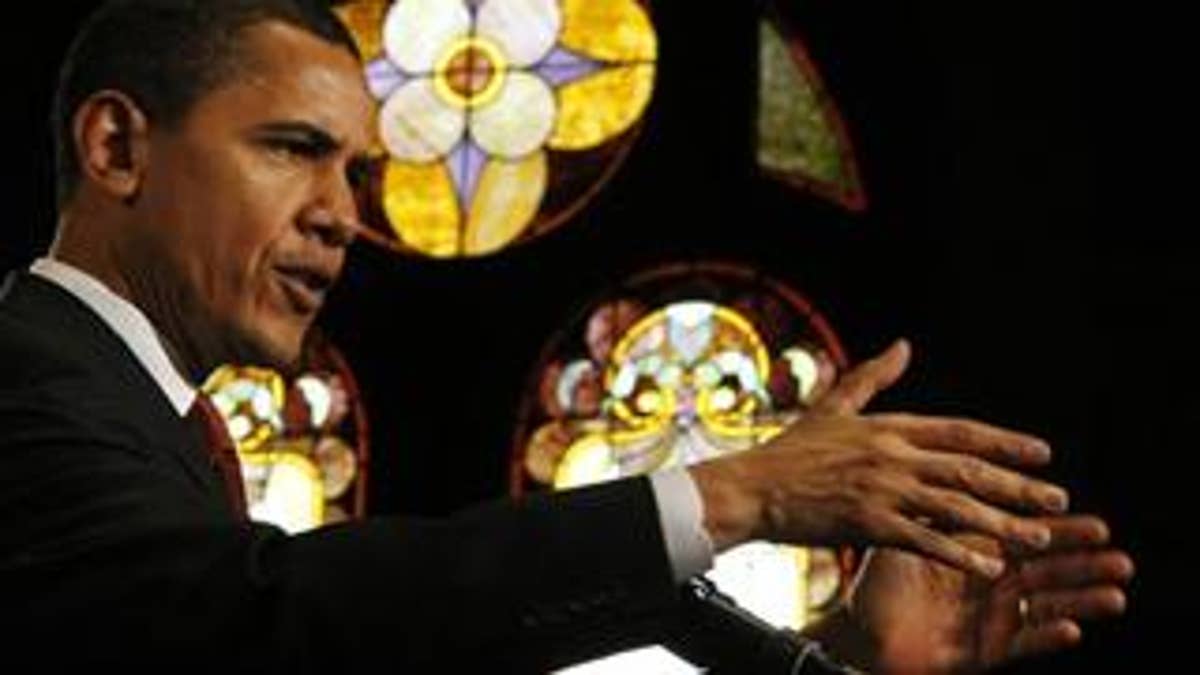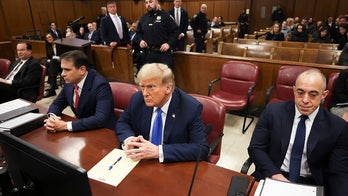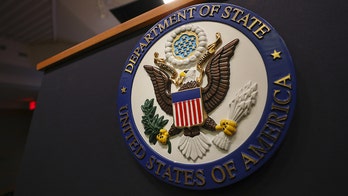
Call it bailout remorse.
With economic signs beginning to point upward and banks returning federal rescue funds, analysts are now debating whether the government's $700 billion bailout program, known as the troubled assets relief program, or TARP, was ever necessary.
Some say a normal business cycle and Federal Reserve policy, not TARP, accounts for the strong profit forecast from Wells Fargo and Goldman Sachs, a drop in unemployment benefit filings and several retailers predicting solid April sales.
Click here to read more from FOXBusiness.com about Goldman's discussions on returning TARP money.
"I think there's little evidence that the TARP money that has been disbursed so far has had any measurable effect on the economy, especially when you talk about what the Fed has been doing," said Josh Bivens, an economist with the Economic Policy Institute.
The Federal Reserve has conducted aggressive actions to battle the financial crisis through lending programs for small businesses and loans to cover student aid and overnight exchanges between banks, securities and other holding companies.
But TARP has its defenders, most notably President Obama.
"I don't agree with some of the ways the TARP program was managed, but I do agree with the broader rationale that we must provide banks with the capital and the confidence necessary to start lending again," he said Tuesday in what was billed as a major speech at Georgetown University on the economy recovery and challenges ahead.
"History has shown repeatedly that when nations do not take early and aggressive action to get credit flowing again, they have crises that last years and years instead of months and months," the president said. "A dollar of capital in a bank can actually result in eight or 10 dollars of loans to families and businesses, a multiplier effect that can ultimately lead to a faster pace of economic growth."
TARP was created last fall when then-Treasury Secretary Henry Paulson and Federal Reserve Chairman Ben Bernanke warned that if Congress didn't authorize the money, an economic meltdown drew near. Paulson then told the large banks that they must accept the bailout funds to strengthen the banking system, which had been hobbled by the global financial crisis.
So far, the Treasury has paid out $199 billion and 188 institutions have stated publicly they were turning down the money, according to research firm Keefe, Bruyette & Woods.
TARP was "absolutely" necessary, said Scott Talbott, a lobbyist with the Financial Services Roundtable, which represents large firms.
"Even if it didn't do anything, it helped restore investor confidence," he told FOXNews.com.
But Dan Mitchell, a senior fellow in economics at the CATO Institute, said policymakers overstated the dire nature of the financial circumstances to justify the bailout.
"TARP was never necessary for well-run banks," he said. "It was necessary for banks that were incompetently managed and were underwater. (Policymakers) were fanning the flames of fear to stampede Congress to bailout their friends on Wall Street," Mitchell said.
Bert Ely, an independent banking consultant, said TARP contains design flaws, including an attempt to hide weak banks among strong, a lack of focus on helping stronger banks acquire weaker ones and the option for Congress to change the rules.
He said those flaws "have been magnified by all the rhetoric and demagoguery," including Obama's latest statement that banks still aren't lending money.
Obama's economic stimulus plan, enacted in February, changed the rules to allow banks to pay back the money ahead of schedule. Congress also tightened the restrictions on bonuses and dividend payouts for banks that took TARP money after a public outcry over Wall Street executives leading lavish lifestyles while average Americans lost jobs and saw retirement accounts dwindle.
Wwith economic indicators beginning to turn around, banks are returning the money in part to escape the increasingly tough restrictions. Six smaller banks have returned a total of $442 million in TARP funds, plus 5 percent interest as required by the bailout program.
Larger banks, including Wells Fargo, JP Morgan Chase and Bank of America, are also aiming to return bailout funds.
Talbott said the smaller banks returning money and the larger ones pledging to do so are positive signs. He singled out Goldman Sachs, which announced Monday that it made $1.81 billion in profit during the first quarter, exceeding analysts' expectations, and planned to raise $5 billion to repay taxpayer bailout funds.
"It's a sign of strength that Goldman can raise the capital," he said. "It shows investors are ready to get back in the market and Goldman has the confidence of investors."
But Steve Moore of The Wall Street Journal said that while profit statements don't include taxpayer money, profits wouldn't exist at all if the government hadn't stepped in.
"You have banks that are reporting several billions of dollars in profit. These are the same companies that we poured tens of billions of dollars into. ... I think that these could be phony profits, people. I do not think a lot of these companies would be awarding the profits if we were not pouring our money into these banks," Moore said.
Bevins said it's more telling that the large banks have not returned the money yet.
"It would be a much more powerful statement to return the money than just say you will," he said.
Ely predicted that as more banks return bailout money, those that don't will be marked with a scarlet letter in the form of an "F" for failure.
"What's happened is the government has shot itself in the foot," he said.
Obama said Tuesday that the program has been essential, but his administration has been wrongly criticized for not intervening more into the workings of private lending firms.
"We believe that preemptive government takeovers are likely to end up costing taxpayers even more in the end, and because it is more likely to undermine than to create confidence. Governments should practice the same principle as doctors: first do no harm," he said.




